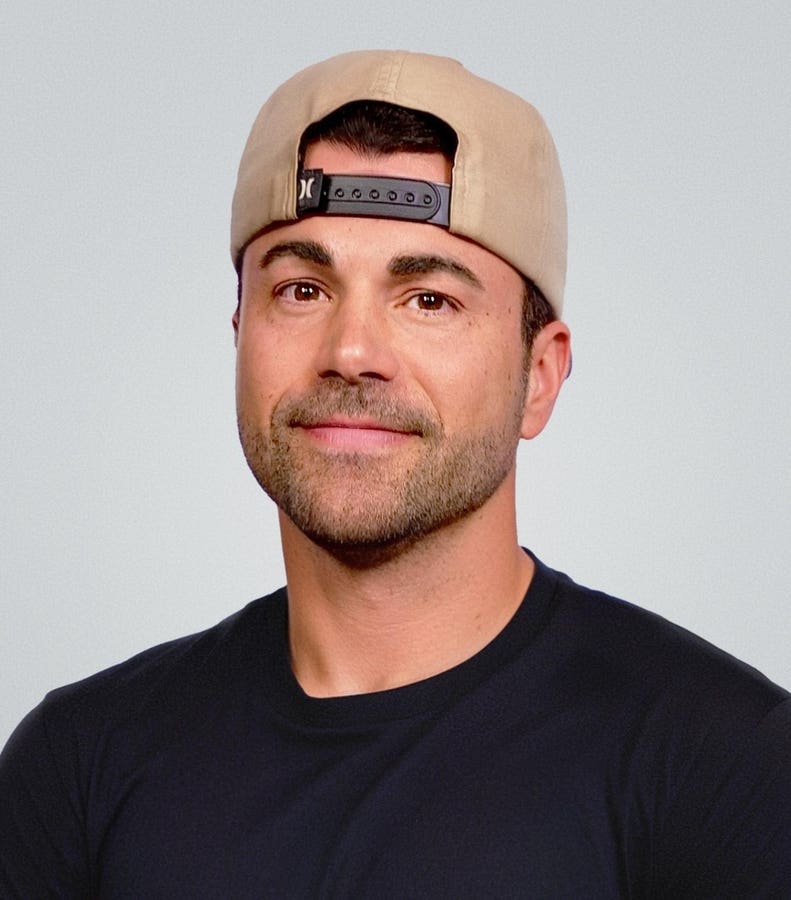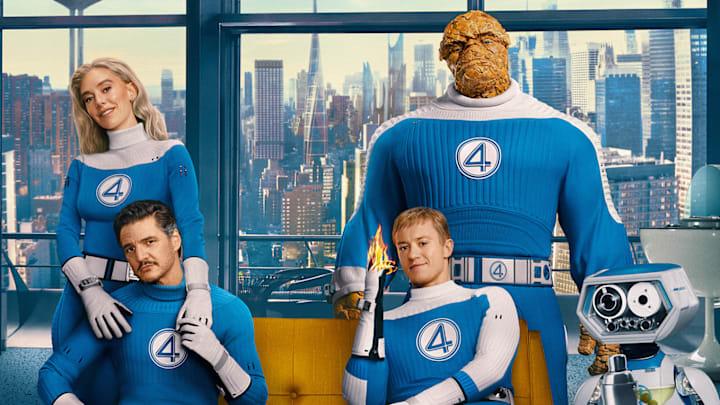Mark Rober
When Mark Rober built a glitter bomb for porch pirates he sparked a global movement around science storytelling that is now on track to transform STEM education for the next generation. His latest ambition? To reach one billion brains.
“My North Star is to reach as many brains as possible with the message that science doesn’t have to be boring or hard to understand,” says Rober. “I want to spark a love of science and engineering in the next generation of big problem solvers. That’s my why, and my how is CrunchLabs.”
What started as a wildly successful YouTube channel, now with 69 million subscribers and over 1 billion monthly views, has become a multi-pronged educational brand that spans subscription boxes, YouTube storytelling, a forthcoming national curriculum and soon, retail toy aisles across America.
“We’re growing from YouTube and subscription products to become the leading brand in STEM worldwide to ignite curiosity and resilience in millions more people,” says Rober.
At the heart of this operation is CrunchLabs, the company he co-founded with Jim Lee, a former Google executive who serves as President and COO.
Jim Lee
From YouTube to the Classroom
CrunchLabs launched in June 2022 with a single video: a tour of Rober’s secret lab. Within days, they sold out of their first product line, a monthly subscription box called Build Box. Since then, the company has grown rapidly, reaching over 200,000 subscribers across the world.
But for Rober and Lee, subscriptions are just the starting point. “The future holds more in terms of education,” Lee explains. “Mark actually wanted to become a teacher. He realized that with this platform, we could change science education in a much more meaningful way.”
That vision is now crystallizing into Class CrunchLabs, a comprehensive, freely available, next-generation science curriculum for middle schools. Developed by the same team behind Rober’s videos and products, it combines high-production-value storytelling with hands-on experiments aligned to national standards.
“We’ve actually created a pilot episode of a science class,” says Lee. “We’re observing classrooms, gathering feedback, and really trying to make this the best curriculum ever made. Our goal is to make science feel as engaging as a Mark Rober video, and that’s never been done before.”
A Billion Brains and a Retail Invasion
CrunchLabs’ second major initiative is a multi-channel expansion strategy, combining streaming, retail and licensing deals to diversify revenue while amplifying impact. In May, the company inked a deal with Moose Toys, one of the world’s top toy makers, to bring CrunchLabs toys to shelves in 2026.
“A year ago, we had the idea to take over the STEM toy aisle in Target and Walmart,” says Lee. “Since then I hired a 30-year retail toy veteran, Rachele Harmuth, to be our Head of Commercialization and Product. We paired her with our mechanical engineers and partnered with the world’s best toy company for the creator economy: Moose Toys.”
Just a month later, CrunchLabs announced the hire of Scott Lewers, a former Discovery Channel executive and Emmy Award-winner, as the company’s first Chief Content Officer.
“Scott will lead the creation of original, high-impact science storytelling across screens and into classrooms worldwide,” says Lee. “This is a huge leap forward in our mission to reach as many brains as possible.”
The CrunchLabs Ethos: Fun First, Science Always
A defining principle of CrunchLabs is that education should never feel like a lecture. Instead of balancing fun and learning, they lead with fun, trusting that curiosity will naturally follow.
“We don’t balance it, it’s all entertainment,” says Lee. “The whole goal is to spark that initial interest. You click on a video about a 15-ton Jell-O pool and before you know it, you’re learning physics. That’s the magic.”
Each product takes roughly a year to develop, meticulously crafted by a team of engineers, storytellers and, of course, Rober himself. Every build is tested by kids and adults, certified for safety and paired with a cinematic video that delivers scientific concepts through narrative and surprise.
“We measure success not in dollars or subscribers, but in whether we’re meaningfully changing kids’ interest in STEM,” says Lee. “And we survey that. Today, nearly every parent says yes, there’s a noticeable, material change in their child’s interest because of CrunchLabs.”
Built for the Long Game
What sets CrunchLabs apart in an era of venture-backed hypergrowth is its bootstrapped, profitable model. Despite the massive scale of its content the company has avoided outside capital in favor of sustainability.
“We’ve resisted the VC-backed ‘growth at all costs’ approach,” says Lee. “We’re building something enduring.”
That long-term thinking even shapes their internal culture. Every few months, CrunchLabs hosts a “No Real Work Day,” where the team builds bikes for kids, shares lunch and then plays with their own inventions from Nerf cannons to foam pits.
“People think we’re just playing with squirrels in Mark’s backyard,” Lee laughs. “The reality is, it’s a highly skilled team doing serious work to change science education forever.”
Why It Matters
Mark Rober’s mission to reach one billion brains is a real, measurable target driving every decision. And with a unique fusion of creator authenticity, educational impact, and product excellence, CrunchLabs is positioning itself as a new model for science education at scale.
In a time when traditional science classrooms face underfunding and outdated materials, Rober and his team are building a compelling, scalable alternative – one that just might inspire the next generation of engineers, inventors and problem solvers.
And perhaps most importantly, they’re making science feel like magic again.
This article is based on an interview with Jim Lee from my podcast, The Business of Creators.









